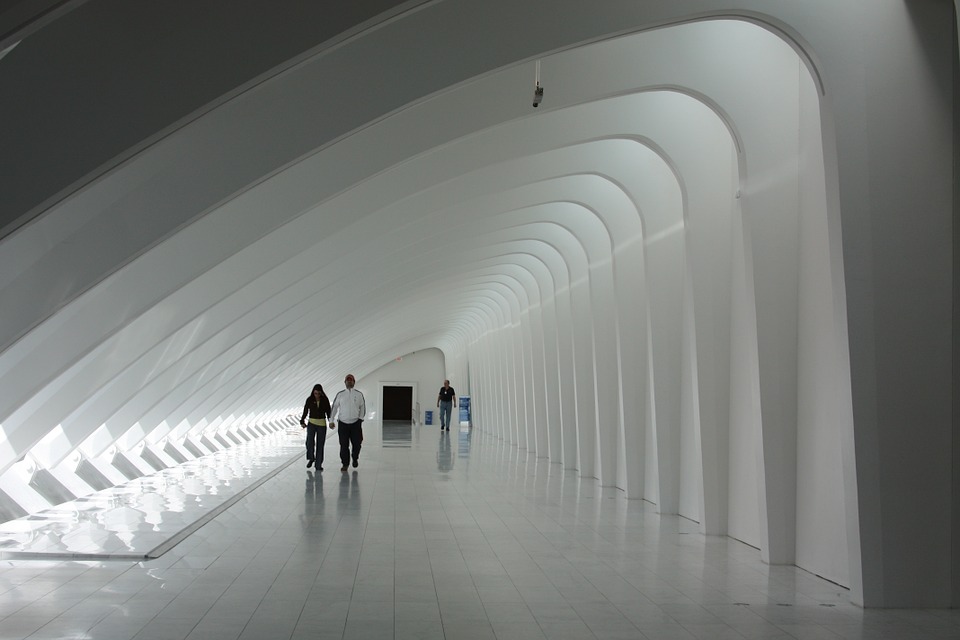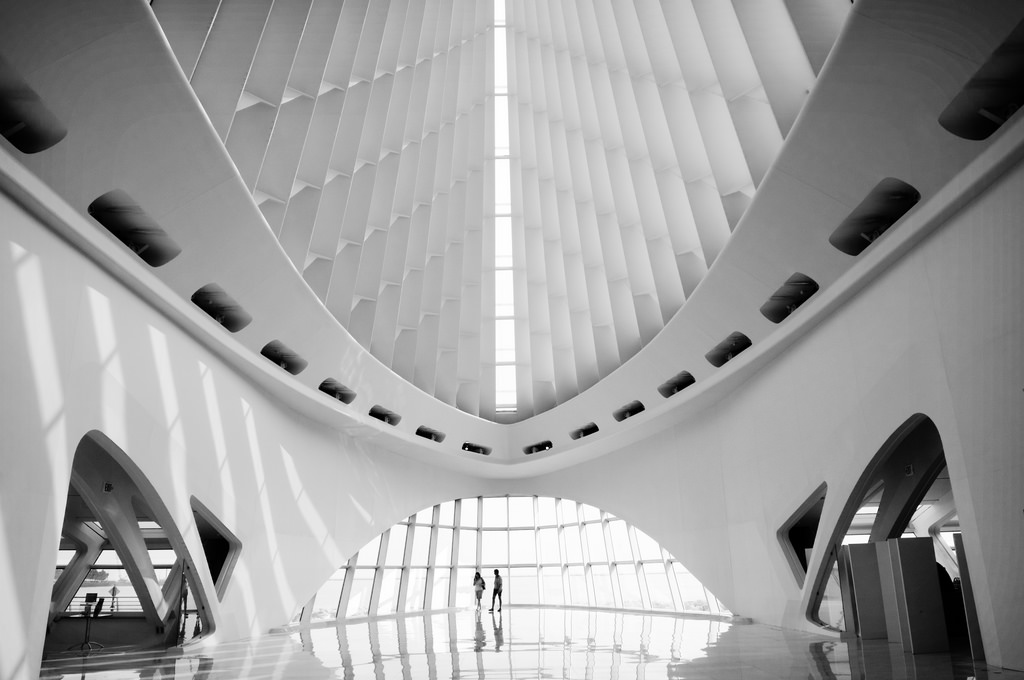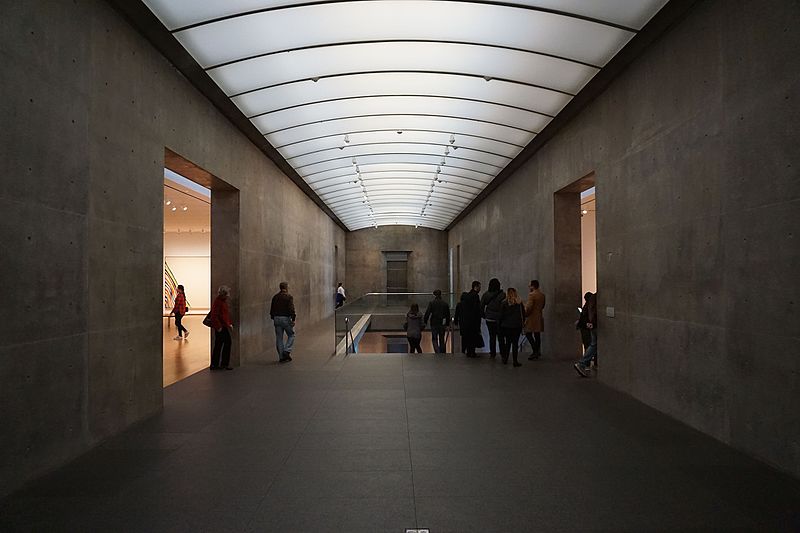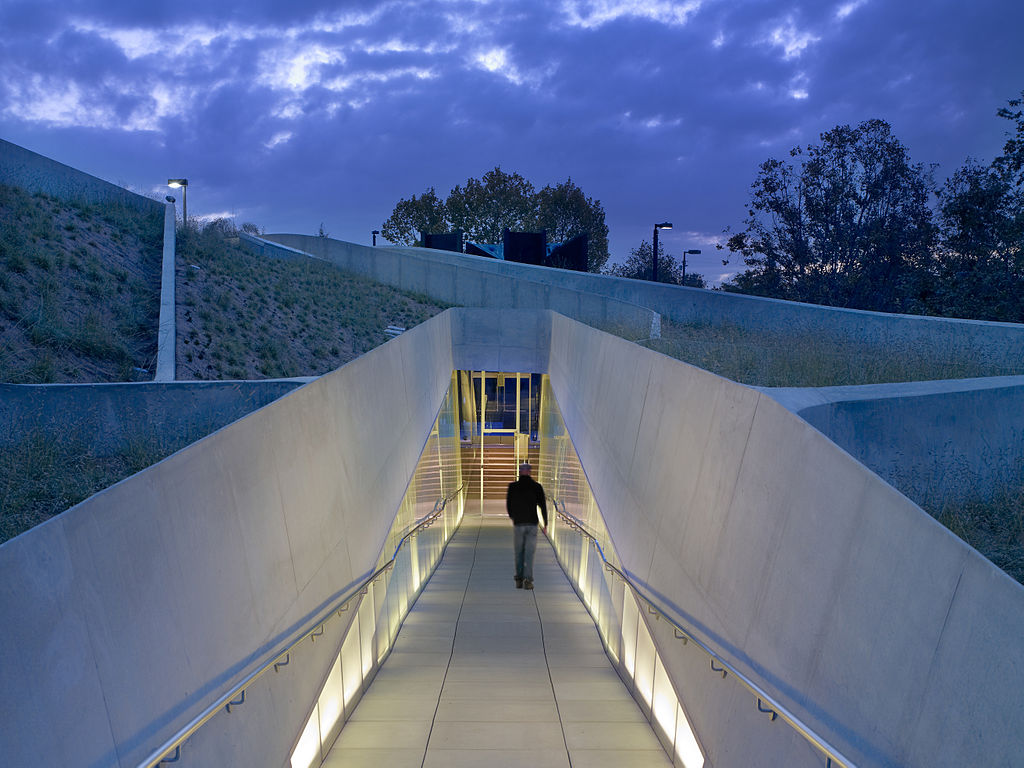Interior Design Careers: Museum Design
At one time, only people with a history or art history background worked in museums. Today, however, when it comes to interior design careers, a museum has many opportunities for interior designers, including creating design concepts for promotional and community projects as well as designing spaces specifically for the preservation of fine art, sculpture, historical textiles, books, and other artifacts. Due to the fragile conditions of most museum collections, an understanding of the effects of lighting on various art is essential. Design Institute looked at a few examples of some extraordinary museum designs that deserve to be recognized.
Milwaukee Art Museum

Milwaukee Art Museum, Milwaukee, WI, designed by Santiago Calatrava

Milwaukee Art Museum, Milwaukee, WI, designed by Santiago Calatrava
The Milwaukee Art Museum has a collection of over 20,000 works spanning from ancient times to the present day. The building’s clean white surfaces allow the interior designers to accentuate the artwork within the exhibit spaces. Architect Santiago Calatrava and his interior design team had innovation, sophistication, and functionality in mind while designing this spectacular museum.
Modern Art Museum of Fort Worth

Modern Art Museum of Fort Worth, Fort Worth, TX, designed by Tadao Ando
The Modern Art Museum of Fort Worth, designed by Tadao Ando, is an exceptional example of the importance of light control within a museum space. Ando and his interior designers use simple concrete and glass, accentuating both the artwork and the space in which it lies.
Los Angeles Museum of the Holocaust
The Los Angeles Museum of the Holocaust received an AIA 2014 Honor Award for Interior Architecture and is one of the most powerful interior design/architecture projects in the US. “The LA Holocaust Musuem focuses on evoking intense emotions. Lowered ceiling heights, sloping raw concrete walls, forced perspectives and carefully articulated circulation fuse to create a building that Hagy Belzberg says ‘is going to provide some discomfort,’ reports Sam Lubell for the Architect’s Newspaper.”
All of the above museums exhibit some of the finest works of art from around the world. The architects and interior designers were chosen very carefully for their ability to create superb spaces for these artworks and to provoke emotional responses from the viewers. These exceptional spaces show the profound impact interior design can have within a museum. The field of interior design can take one in many directions; museum design is just one of the options.
Sources
https://www.domusweb.it/it/notizie/2013/10/15/tadao_ando_teatrino_di_palazzo_grassi.html
https://cnunez301.wordpress.com/2012/10/17/light-in-architecture-tadao-ando/
https://www.kristenpaulin.com/?gallery=interiors
https://bustler.net/news/3320/2014-aia-institute-honor-awards-recipients-interior-architecture
Molinari, L. (2009). Ando museums. Milan, Italy: Skira.
Jodidio, P. (2008). Tadao Ando: Modern Art Museum of Fort Worth. New York, New York: Rizzoli International Publications.
Tilden, S. (2004). Architecture for art: America art museums 1938-2008. New York, New York: Harry N. Abrams.
